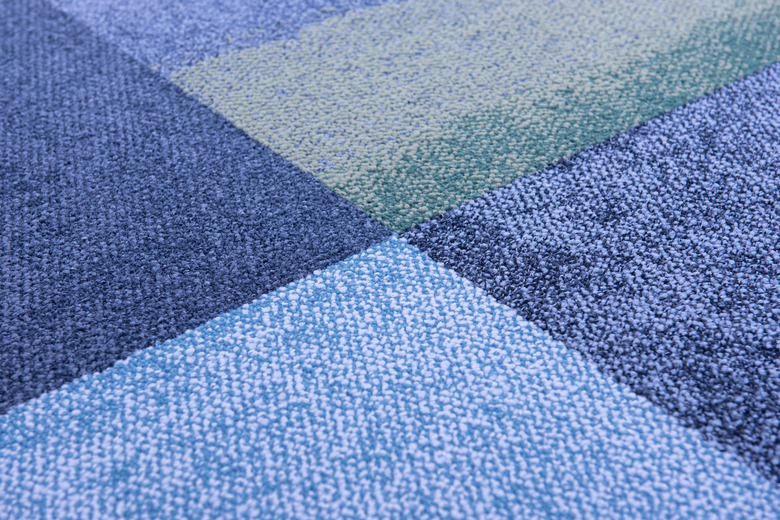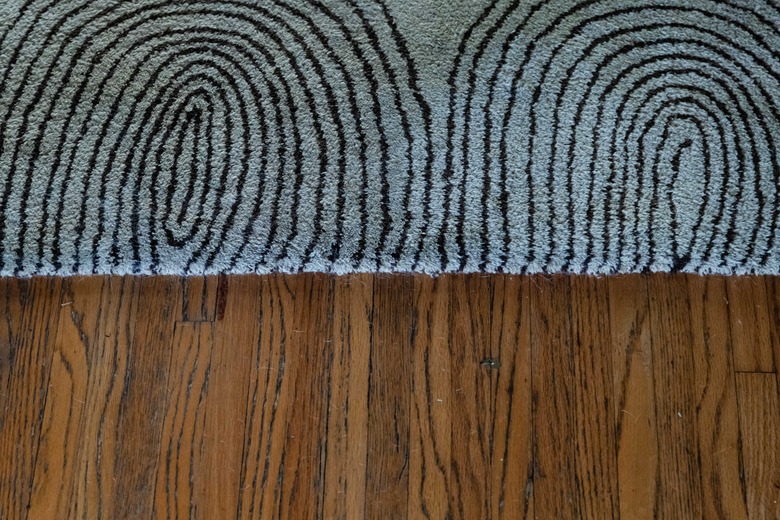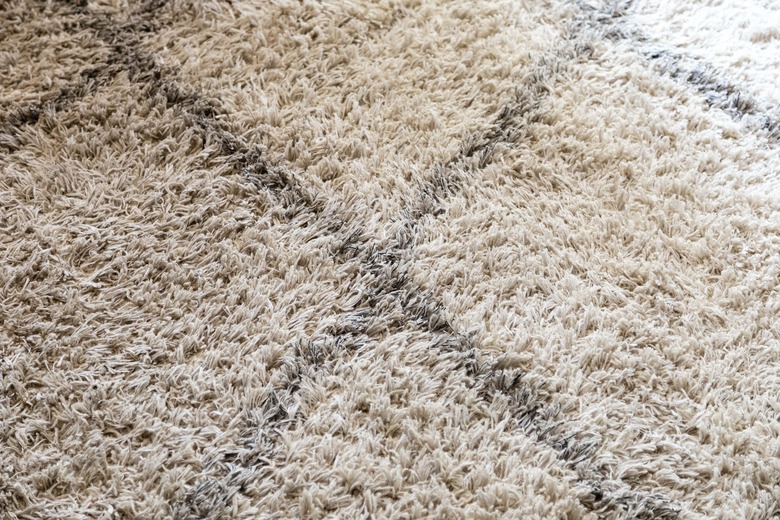Peel-And-Stick Carpet Tiles: A Homeowner's Flooring Guide
Wall-to-wall carpeting can add softness and warmth to a room, but it's a commitment you might hesitate to make, especially if you have young children or pets. If you want the warmth of carpet without the worry, consider installing carpet tiles. The tiles are easy to install as a do-it-yourself job, and they're a breeze to replace if a few tiles get stained or damaged.
Carpet tiles also allow for lots of customization. You can install one color, opt for a checkerboard design or create your own unique pattern. Some products, like Shaw's Floorigami line, come in both squares and rectangles so you can get even more creative with your floor design.
Carpet Tile Pros and Cons
Carpet Tile Pros and Cons
In addition to adding warmth to a room, carpet squares can also add padding. Some tiles simply have a flat rubber back, but others are thicker to make the floor softer. A softer floor is nicer for children to play on, and according to Milliken Flooring, it can reduce fatigue by up to 24 percent when used in workplaces where employees stand all day.
Thanks to peel-and-stick technology, installing carpet tile is a simple DIY project. You can lay the tiles over almost any flooring surface, including concrete, hardwood, vinyl or laminate. Although you don't need a perfect subfloor for carpet tiles, you will get better results on a clean, level subfloor. Carpet tiles will, however, cope with minor imperfections.
They won't cope with moisture, though. If a space is too damp for wall-to-wall carpet, it's too damp for carpet tiles as well. Note too that poorly made carpet tiles will fray at the edges. Tiles have a lot more edges than wall-to-wall carpet, and you won't be able to hide them behind baseboards. It's also important to be aware that no matter how meticulous you are about aligning the tiles, the seams on a carpet tile floor will always be visible.
Carpet Tile Costs
Carpet Tile Costs
According to HomeAdvisor, the cost of self-stick carpet tiles in 2019 was about $1 to $6 per square foot. Wall-to-wall carpet, in contrast, costs between $1 to $20 per square foot depending on the quality of the carpet. Even when the cost of wall-to-wall and self-adhesive tiles are the same, self-stick carpet tile often proves easier on your home improvement budget in the end.
This holds true because carpet tiles are much easier to install yourself, which means you don't have to pay for labor. Skipping the labor charge saves you 50 cents to $1 per square foot. Carpet tiles also have built-in padding, so you won't have to pay extra for carpet pads.
Preparing to Install Your Tile
Preparing to Install Your Tile
The first few steps of laying carpet tiles are the same ones you take when installing any type of tile. Begin by finding the center point of one wall and snapping a chalk line from there to the center of the opposite wall. Repeat the process with the two remaining walls. You now have a giant plus sign on your floor. Start laying carpet tiles, beginning where your two chalk lines meet.
Lay a complete row of tiles in both directions, but don't stick them to the floor. When you're finished with your row, note where the tile falls against the wall. If necessary, adjust your tiles so that you have half a tile or more against the wall rather than just a sliver. Finish laying out your tiles and reposition them as needed to get the look you want.
When working against walls or around door frames, heating vents and other obstacles, make a paper template of the tile. You can then lay this template over the carpet tile and cut it to shape using a carpet knife. Test fit the piece you've cut before gluing it down to make sure you got it right.
Peel-and-Stick Installation
Peel-and-Stick Installation
Now is when carpet tile installation differs from laying other floor tiles. Vinyl, linoleum, stone and other tiles need to be buttered when tacked to the floor. This means that you'll spread adhesive over the entire tile back. Carpet tiles require much less glue.
For self-stick carpet tile, simply peel the protective paper off the back of the tile to expose the adhesive strips and then stick the tile firmly on the floor. If your carpet tiles don't have self-adhesive strips, check the box in which they came for adhesive squares. To use these squares, place them on the back of your carpet tile, leaving half the adhesive square sticking out past the tile. Place the exposed half on the back of your next tile using the tabs to adhere the carpet tiles to each other rather than to the floor.
If this floating installation method makes you uneasy or fearful that your carpet will buckle, you can purchase double-sided carpet tape. Simply apply the tape to both the floor and the carpet tile for a more secure installation. Don't use too much adhesive, however, or your tiles will be difficult to remove if you need to replace one.


